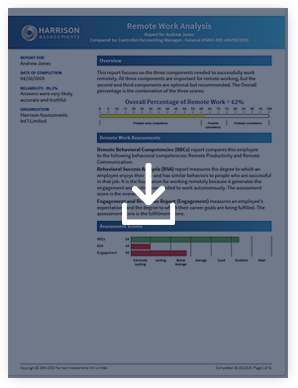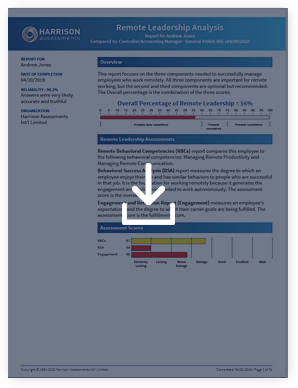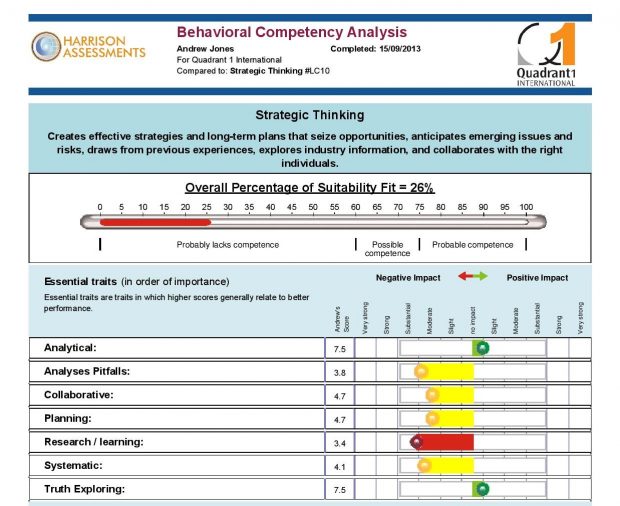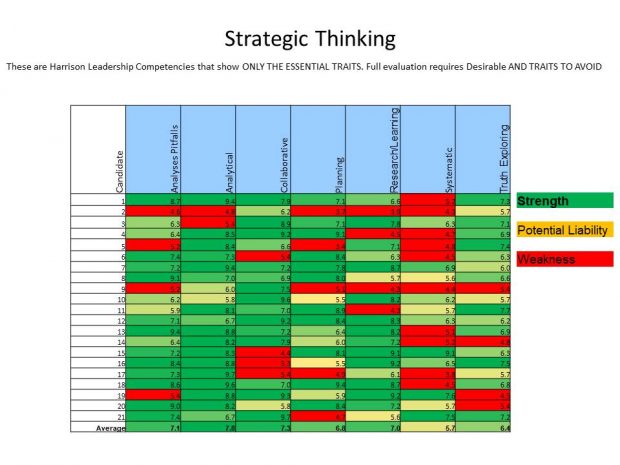In today’s knowledge economy, competitive advantage is no longer secured purely through the access to capital or information – but by having employees come up with creative and novel ways of solving clients’ problems. To achieve this, organisations are increasingly dependent on the passion, creativity, energy and engagement of the workforce, and in particular on expert employees in fields such as finance, engineering, design and technology.
Read this report by Blessing White which outlines research they undertook on examine the dynamics specific to leading technical people – a competency that proves to be increasingly important for almost every organisation in every industry, even those we might think of as less expert-dependent.
A leadership challenge with many pitfalls
While the technical or creative expertise that these individuals bring to the table is of high value to the company, more often than not expert employees stumble when taking on managerial roles or leadership positions such as team lead, project lead or senior project manager. This is a typical first level ‘leadership turn’ challenge. The first transition to management is a difficult step for any employee, but in a technical setting, serious interpersonal challenges arise as the result of the nature of technical people both as followers and as leaders. “People management” is not typically the strong suit for a newly promoted technical person, and in today’s matrix-based structures they often have little formal authority which leaves them feeling disempowered.
The pitfalls that leaders of technical people face are many, but the top ones we identified in our study include:
Micromanagement
A failure to embrace the manager or leader roles
A counter-productive “project management” approach
The development “tug-of-war.”
Despite all of this, organizations have no choice but to increase their reliance on leaders of technical people. The consequences of poor leadership in technical teams results in:
Disengagement, turnover & loss of talent
Lower contribution / productivity
Slower innovation in meeting client needs
Slower adoption of new technology to move the organization forwards
Greater resistance to change
The issues that arise in technical teams can be perplexing to senior leaders who oversee such departments as technical teams can be more insular and the challenges less familiar to executives who are not from technical backgrounds. These dynamics may be unfamiliar to them, making it hard for them to coach the technical leaders who report to them.
To be successful, we have found that leaders of technical people need to:
- Be leaders of people, not managers of projects.
- Understand what makes technical people tick (even if they are a Technical Person themselves).
- Be just enough of an expert to lead, not do.
- Develop the skills to build trust by engaging in purposeful dialogue with team members.
- Increase their influence outside of their team or department.
This is a post by Engage for Success; the original can be found here
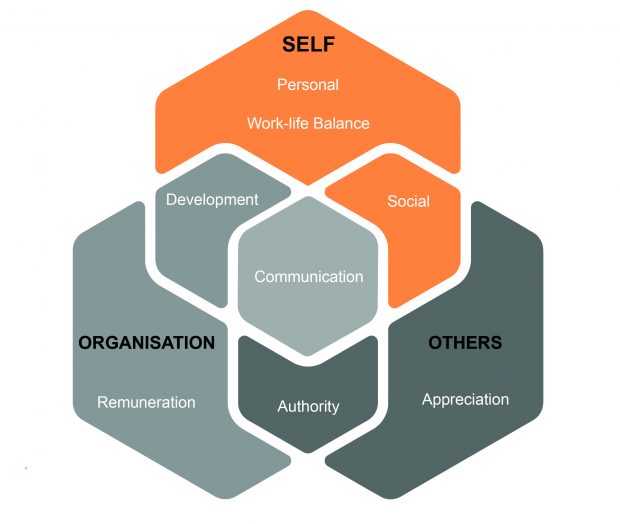
Free Group Engagement and Retention Report
If you would like to try the Engagement and Retention Report for groups of 30+ absolutely free call Pat on 07768 922244 or email pat@quadrant1.com
All that is required is half an hour of each participants time to complete an online SmartQuestionnaire



